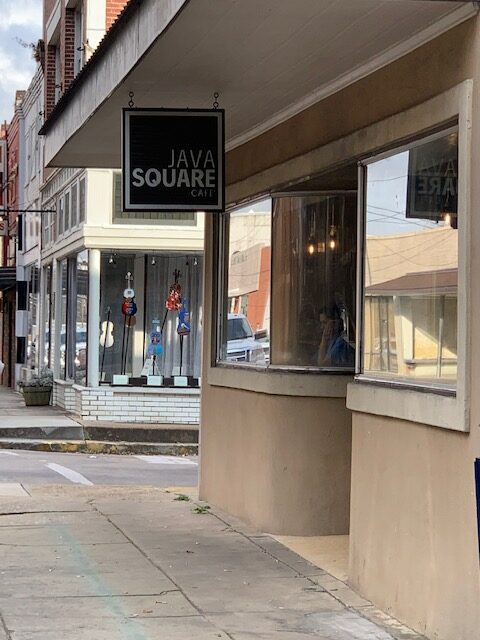I’ve always wanted to coin a phrase. I think I finally have.
In preparing a continuing legal education presentation recently on my favorite topic – historic preservation – I determined that all the excitement of preservation law could not be contained under one heading. Rather, historic preservation law is but one sub-topic (albeit a rather hefty one) under the umbrella concept of place. The idea was, more accurately, the law that governs everything that contributes to our sense of place. [Queue angelic music.] The Law of Place was born. (A cursory Google search of “law of place” revealed a few irrelevant pages. None were quite on point with what I seek to establish here. So I hereby claim credit for coining “the Law of Place” as the concept will be further explained.)
Understanding the concept of place is fundamental to understanding the Law of Place. What is place?
You’re probably familiar with the sense of place, but that is only the starting point.
In general, sense of place describes our relationship with places, expressed in different dimensions of human life: emotions, biographies, imagination, stories, and personal experiences. … In cities, sense of place echoes the intersections of culture, environment, history, politics, and economics, and is impacted by global mobility, migration, and blurred boundaries between the natural and built environment.
https://www.thenatureofcities.com/2016/05/26/sense-of-place/
In explaining why place matters, I often give this example: You have 2 choices for your afternoon coffee addiction. All other factors being equal (price, distance, etc.), which would you choose: A) the service road Starbucks; or B) Java Square, located in a historic bank building, vault intact, in a historic downtown? I hope you’re like the vast majority of people and choose option B. The difference between the two? PLACE.

People are innately drawn to places with an authentic sense of place. They prefer to live and spend their money in such places. This is how the sense of place lends to the economy of place: the idea that “place” has value. The law recognizes place as an important economic, cultural, and societal driver and seeks to protect and promote place.
Historic preservation is a key component of place. Recall the coffee shop illustration. One satisfies his sense of place more fully when he is caffeinated in an old building in view of other historic buildings and interesting pedestrian traffic. While I’ll focus specifically on historic preservation (because that’s what I’m into), this blog will cover all aspects of the law of place, including existing laws and cases, as well as updates and discussion on issues such as land use, zoning, property rights, and culture.
If you ever encounter an issue or an interesting read that involves the law of place, please let me know! Let’s start a conversation and coin as many phrases as the internet will allow!
Disclaimer: This Blog/Web Site is presented for educational purposes. It provides general information and a general understanding of the law; it does not provide specific legal advice. By using this site, commenting on posts, or sending inquiries through the site or contact email, you confirm that there is no attorney-client relationship between you and the Blog/Web Site publisher. The Blog/Web Site should not be used as a substitute for legal advice from a licensed attorney in your jurisdiction.
